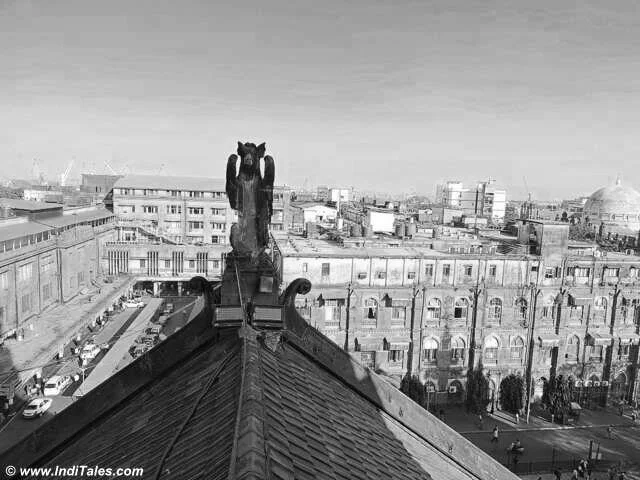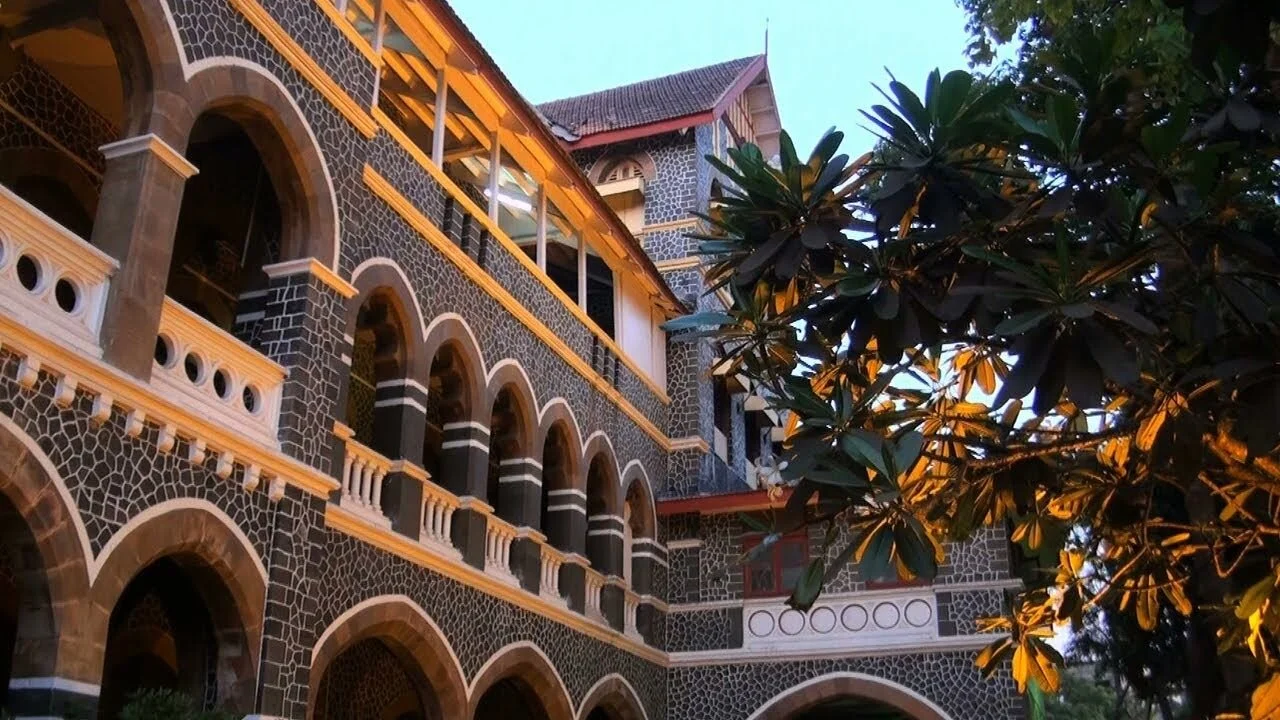Taking a Time Machine: Discovering the architecture of 19th century Mumbai
Mumbai is my heart. Bombay is my soul.I have lived in Mumbai and I have lived in Bombay. When I am driving within the central suburbs of the city, I feel like I am in Independent India, but when I drive down south, I travel back to British Raj India. During desolate nights, the buildings in Bombay speak to me, share stories, and take me along on a movie; a movie filled with dreams, successes, and struggles. The buildings, new and old, have their personalities and tell stories of different periods. When I start playing “Yeh Hai Bombay Meri Jaan,” however; the buildings all dance together in harmony. The song depicts a crystal-clear image of Modern Mumbai, where life is hard, but one has to be stoic to succeed in this bustling city to make your dreams come true.
Called the City of Dreams, Mumbai has attracted a lot of empires and civilizations. The most prominent of them has been the British Raj of India. Mumbai was the first port from where the British entered India. After three hundred years of annexation, the British left behind spectacular buildings that still stand tall to this day.
At the time, the British were in their Gothic Revival architectural age. During the 1740s, neoclassical structures were dominant, but the British chose to bring Gothic features back into their buildings. These features consisted of grandiose land, daunting heights, piercing finials, puzzling rib vaults, and to hold the behemoths, a flying buttress which solidified its colonial presence. The grandest example of them all is the Chhatrapati Shivaji Terminus (formerly known as Victoria Terminus) or CST.
This station was built to celebrate 50 years of Queen Victoria’s rule and captures every essence of Victorian Gothic Architecture. Made of stone and marble, this one hundred- and thirty-three-year-old building was once an intimidating structure showing British dominance but now it creates an identity of every Mumbaikar. The station connects Mumbai’s commercial district to every corner of the buzzing city. Three million people use the terminus every day. To this day, I have a vivid memory of my jaw dropping in awe when I first saw this establishment.
Another establishment that captured my attention was Wilson College. It follows the same architectural idea of CST with its gothic revival foundations and personality. However, Wilson College received a larger variety of materials to be used in ornamenting the area. For example, mosaic tiles, terracotta, teakwood, and marble were strategically placed to give each room, each floor, and each section a fresh identity.
The buildings made by the British are dusty and ancient. However, in the 20th century, Mumbai went through another change in architectural identity: Art Deco. Art Deco or Art Decoratifs gained force in the 1960s as a style which had a more visual appeal with stylized shapes and was inspired by new technologies. Mumbai has the second most Art Deco buildings in the world. The buildings in Mumbai resemble a tropical look similar to Miami. After gaining independence, most Indian architects were returning from England and Europe, and with them brought along the latest trends of design. Although the UNESCO protects buildings on Marine Lines and the Oval Maidan, other Art Deco buildings are getting demolished as newer and safer designs pique the interest of policymakers and architects.
Two of the most prominent Art Deco buildings are Regal and Eros Cinema. They are the city’s oldest cinemas which opened in 1933 and 1938. Regal was the first building to have an underground garage, neon lights, and a soda fountain. It was and still is a favorite past time of my grandparents, who have grown up watching movies in these theatres. Eros Cinema, which was built five years later, is more visually stunning compared to Regal: with its striking cream-stripped, red-sandstone façade, an overlooking roof, a ballroom, and a restaurant. The Eros Cinema was called “The Rendezvous of the East,” but now it is closed.
Art Deco and Victorian Gothic buildings are present all-around Mumbai, their infamous identity does not exist in their existence… but in their use. Many buildings of those eras are still being used now and still have life in them, as either residential buildings or government buildings. When I enter one such building, it feels like I am entering a time capsule rather than a museum. It is a depressing sight when I see one of them being torn down, only to root up an alien building that focuses on function rather than beauty.
Mumbai’s heritage should not be replaced like this. It might represent Mumbai at its weakest, but now it signifies the strength of the city and its people. Old buildings should rather be renovated, repaired, and maintained to bring back “Mumbai Ki Shaan”. Destruction of these buildings only makes us forget who we are and what we have become.









